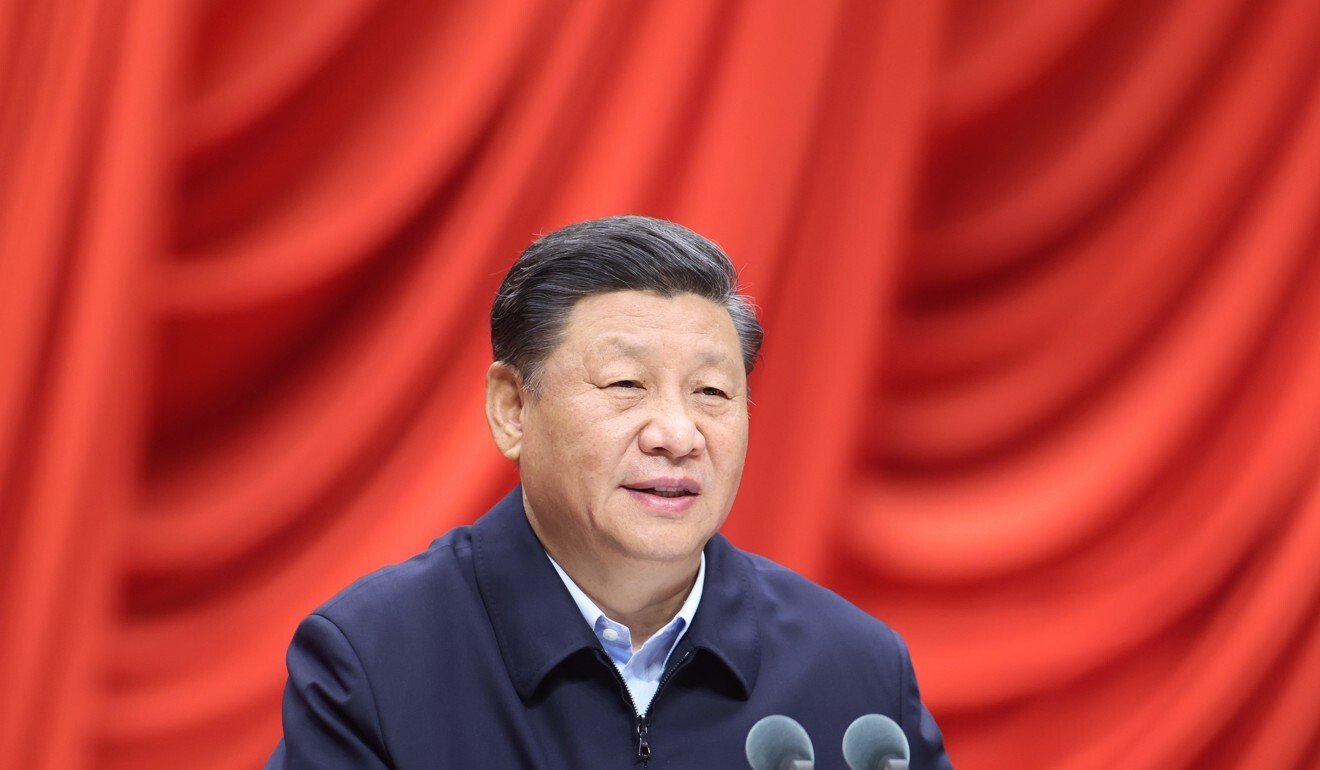
East China Sea: Japan protests after Chinese vessels enter waters near Diaoyus
- Intrusion follows row over Chinese website promoting Beijing’s territorial claims to the region – and that’s ‘unlikely to be a coincidence’, expert says
- Increasing number of intrusions casts further doubt on Chinese President Xi Jinping’s delayed state visit
Chief Cabinet Secretary Katsunobu Kato told a regularly scheduled press conference in Tokyo that the two Chinese ships intruded into Japanese territorial waters around Taisho Island, one of the Senkaku Islands, which Beijing claims and refers to as the Diaoyu archipelago, at 10.47am on Sunday.
Japanese coastguard officials said the ships attempted to draw near to a fishing boat and were still within Japan’s territorial waters in the late afternoon, despite repeated requests from Japanese coastguard patrol ships to immediately leave the area.
Yoshihide Suga: who is Japan’s new prime minister?
“We will continue to patrol and maintain surveillance around the Senkaku Islands to ensure a safe fishing environment,” he added.
An analyst said it was “unlikely to be a coincidence” that Chinese government ships entered Japanese waters just days after Tokyo protested at the opening of a website by a Chinese government agency dedicated to promoting Beijing’s claims to the territory.
Operated by the National Marine Data and Information Service of China, the site provides a tour of a virtual museum and is titled “Diaoyu Dao: The Inherent Territory of China”.
Commenting on the opening of the online museum, Kato said on October 5 that China was “not in a position” to create a website claiming sovereignty over the islands, adding that Japan demanded the site be withdrawn.

On Friday, the Chinese foreign ministry hit back, saying, “Japan has no right to make irresponsible remarks.”
James Brown, a professor of international relations at the Tokyo campus of Temple University, said: “It is unlikely to be a coincidence that the Chinese ships entered Japanese waters just days after these exchanges because there is an extremely close level of coordination between the political leadership and the security forces in China.
“When China sends its ships into the contiguous zone just outside Japanese territorial waters, it does not mean very much, but when they do go into those waters that is a violation of sovereign possessions in the same way as crossing a land border, so this is a very big deal,” he said.
“This has to be exceptionally worrying for Japan because its hold on the islands is dependent on it retaining control of those surrounding waters,” he added. “Lose control of the waters and you lose the islands.”
He warned that, if Chinese forces did stop and board a Japanese fishing vessel operating within waters that Tokyo claims as its own territory, the two sides might find themselves in a situation similar to 2010, when the Japanese coastguard detained a Chinese fishing boat in the disputed waters, albeit with the positions reversed.
“We have a precedent, when Japan effectively backed down to defuse the situation, but China could do the same thing and claim that the Japanese fishing boat was operating illegally in its waters,” he said. “And if they did take that approach, what could Japan do?
Japan’s rejection of China olive branch on Diaoyu spat may be sign of tighter US ties
A decade ago, China responded angrily by sharply limiting exports of rare earth minerals while protesters in cities across the country damaged Japanese business, including supermarkets and car dealerships. A similar response would be unlikely in Japan, with Tokyo probably limited to a strongly worded expression of dissatisfaction, Brown said.
The escalating problem – the intrusion by the Chinese vessels was the first since August 28, but the 21st such incident this year – is also likely to interfere in efforts to build a working relationship between the leaders of the two nations.

A spokesperson for the ministry in Beijing confirmed at a press briefing on Friday that talks were ongoing about Foreign Minister Wang Yi paying an official visit to Japan “at an early date”.
“If these intrusions continue, then Xi’s visit is impossible,” Brown said.

